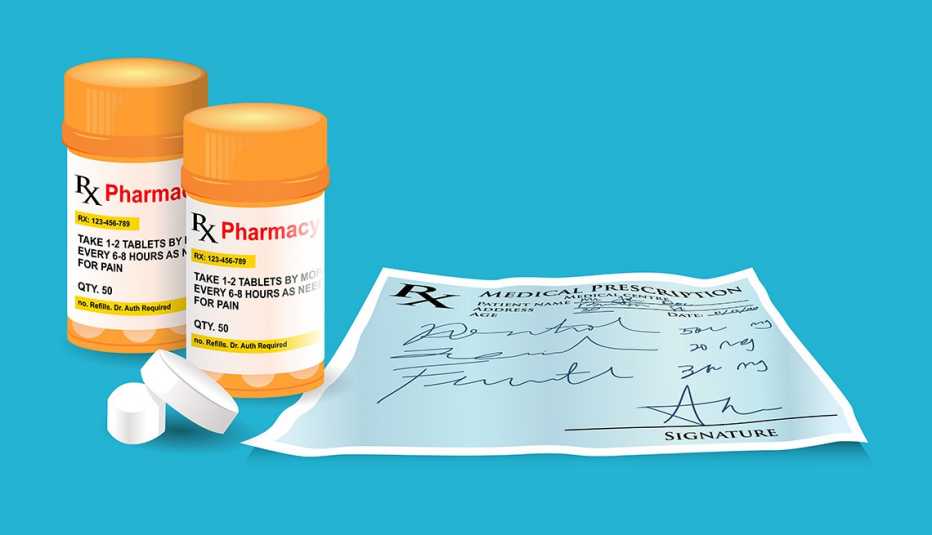Staying Fit
The end of a pandemic-era expansion of Supplemental Nutrition Assistance Program (SNAP) benefits could leave millions of older Americans struggling to eat affordably at a time when inflation has driven grocery prices sharply higher.
SNAP, previously known as food stamps, is the federal government’s largest program for fighting hunger and food insecurity, serving roughly 41 million people nationwide in 2022. In March 2020, Congress passed a coronavirus response law that temporarily increased the amount of financial assistance people in the program received. As of March 1, 2023, the program will no longer issue those additional benefits, called Emergency Allotments (EA). That means that monthly SNAP benefits will return to levels based on their income and household size.


AARP Membership— $12 for your first year when you sign up for Automatic Renewal
Get instant access to members-only products and hundreds of discounts, a free second membership, and a subscription to AARP the Magazine.
The average recipient will receive $90 less per month than they received while the EAs were issued, and some households could see benefits reduced by $250 or more per month, according to an analysis by the Center on Budget and Policy Priorities. Many of the households facing these reductions include at least one older adult. According to research from AARP’s Public Policy Institute, among households that participated in SNAP benefits, 8.7 million included at least one person age 50 or older.
“The decrease in benefits will combine with the meteoric rise in food prices and will further exacerbate the challenges millions are facing to consistently access the food they need for a healthy, active life — the definition of food security,” says Nicole Heckman, AARP Foundation vice president for Benefits Access Programs. Food prices have increased 10.1 percent over the past year, according to the Consumer Price Index (CPI) report for January from the Bureau of Labor Statistics.
Here are three things to know about the changes to SNAP benefits.
Some states already ended increased SNAP benefits.
Eighteen states opted to end EA benefits before the March 2023 deadline, so SNAP recipients in those states will not see additional changes to their benefits as the program ends nationally. The states that previously ended EA benefits are Alaska, Arizona, Arkansas, Florida, Georgia, Idaho, Indiana, Iowa, Kentucky, Mississippi, Missouri, Montana, Nebraska, North Dakota, South Carolina, South Dakota, Tennessee and Wyoming.





































































